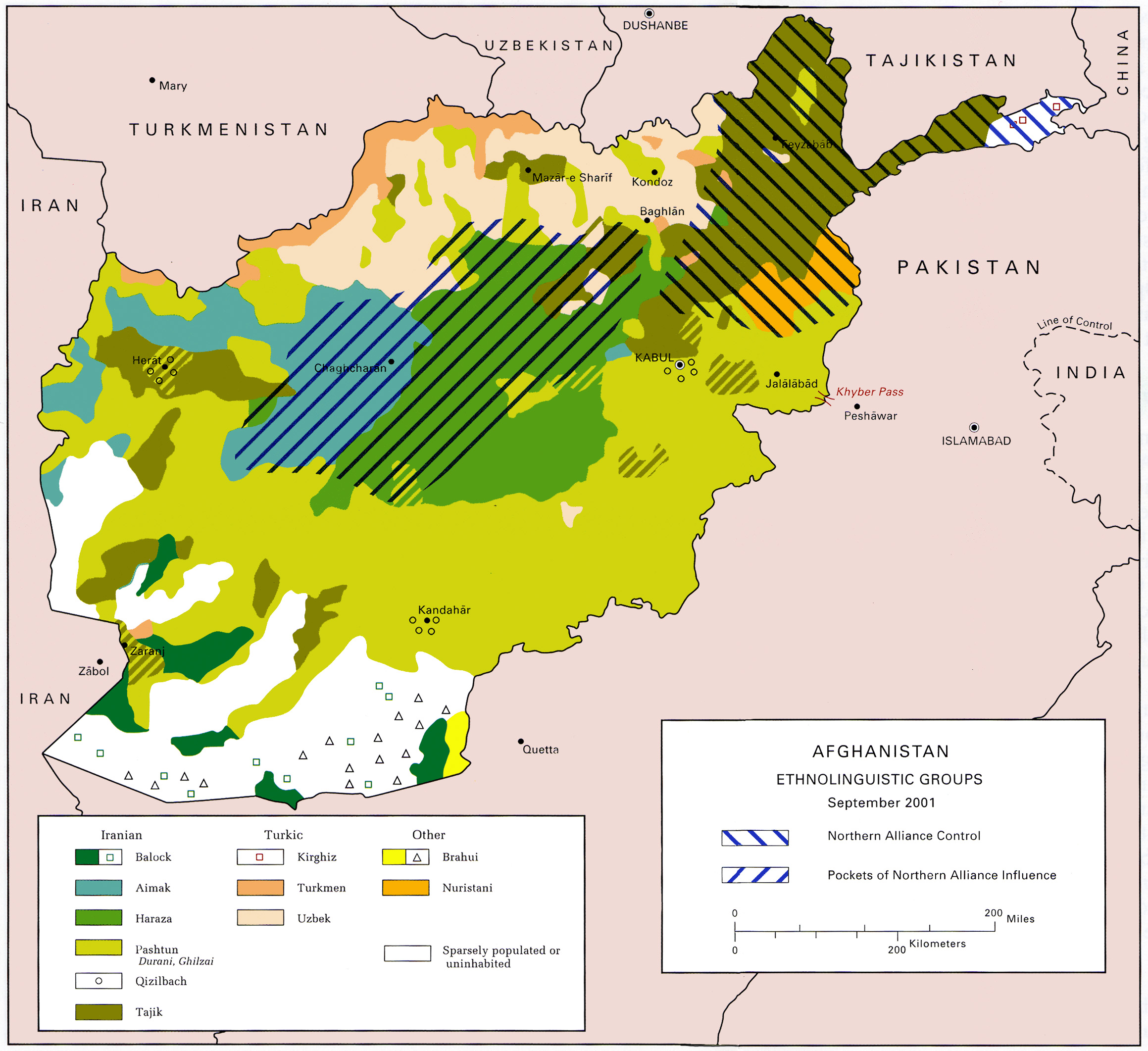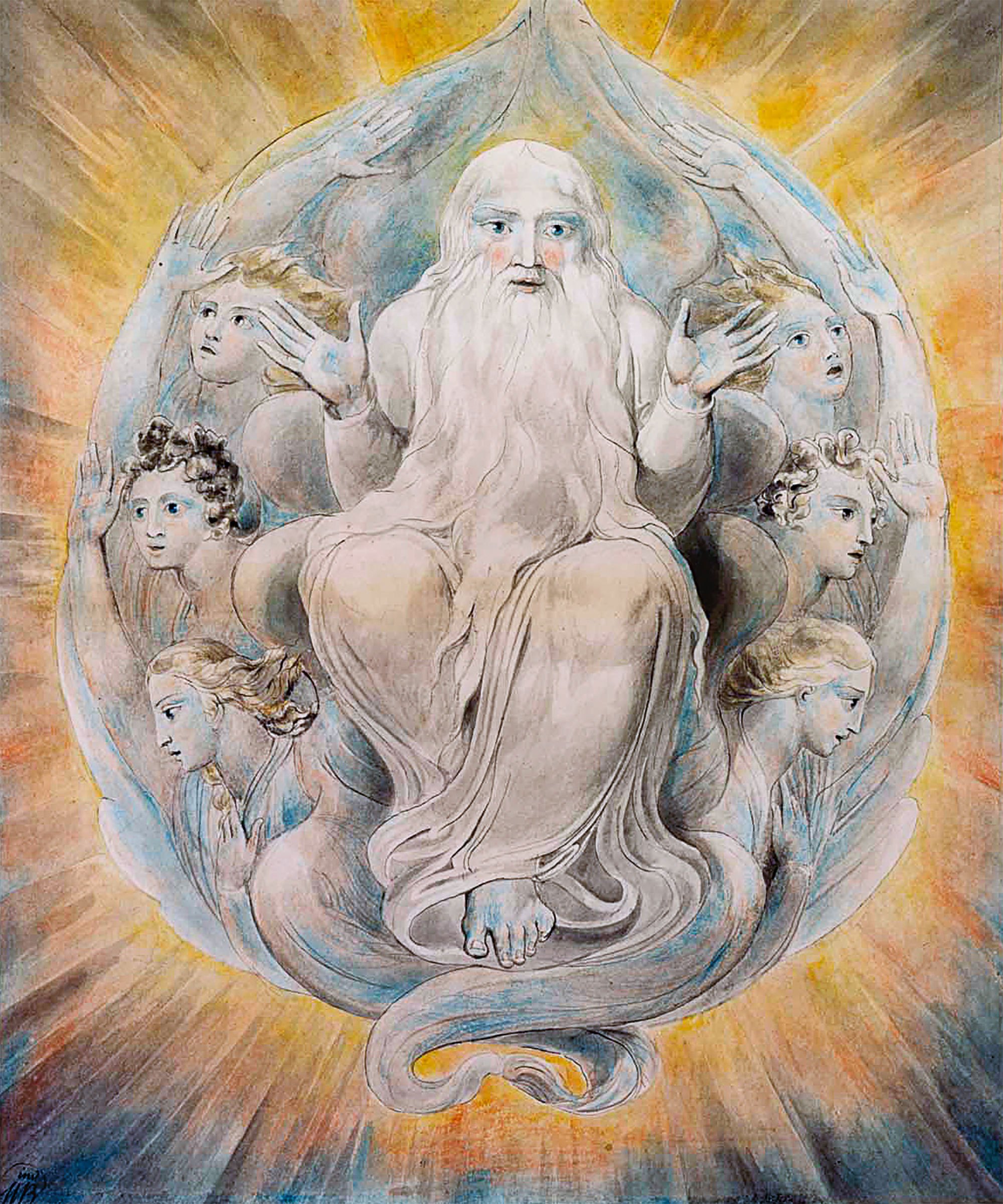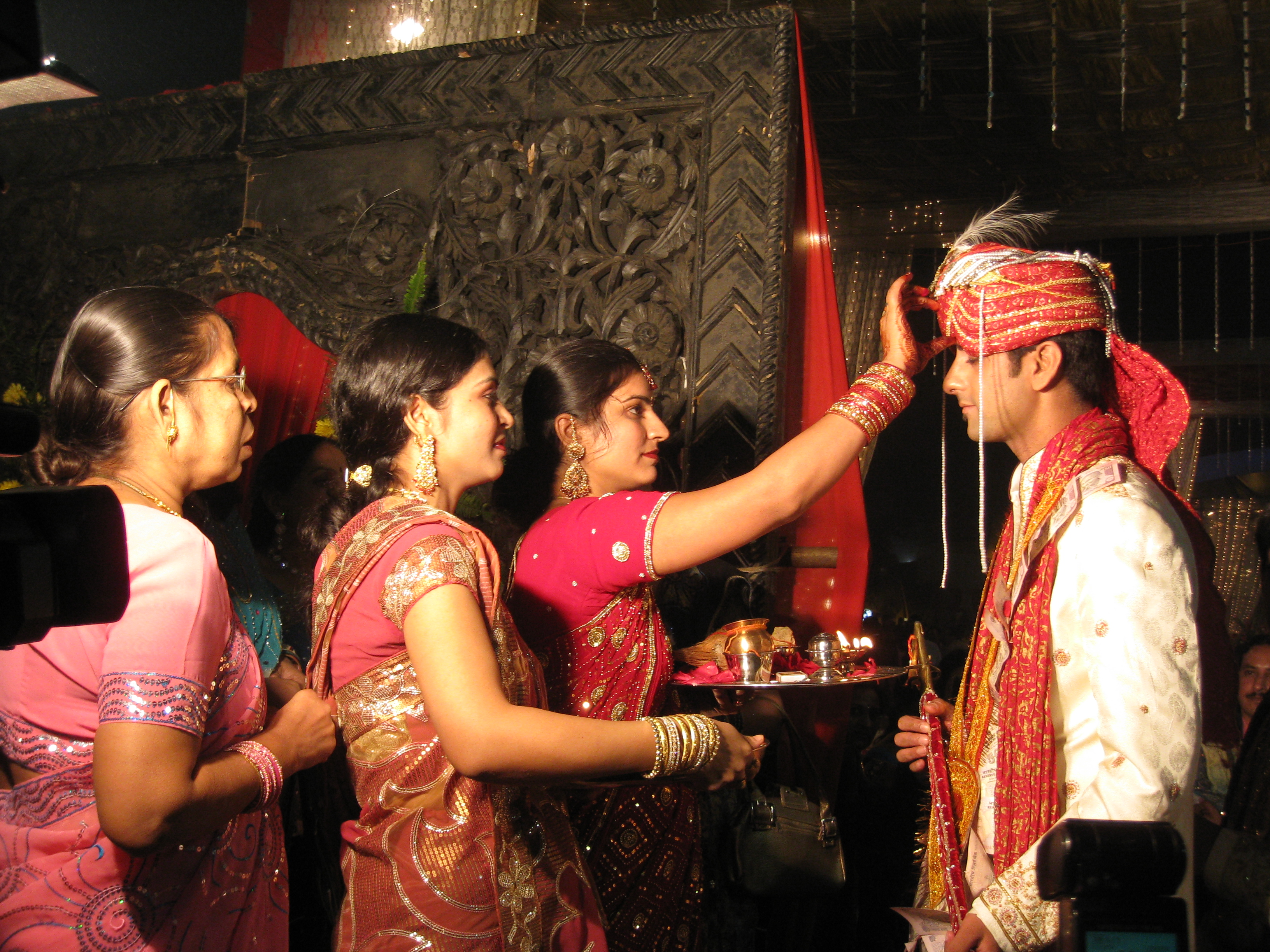|
Imra
Imra () was the chief creator deity of the Nuristanis before their conversion to Islam. Imra was believed to be the creator of the earth. With his breath, it was believed, he created the three other main deities of the pantheon: Mon, Gish and Bagisht. Etymology The name of the deity is considered a reflex of Indo-Iranian Yama. The name ''Imro'' or ''Yum'' in Kamkata-vari is thought to derive from a borrowing of Sanskrit ''Yama-rāja'' "King Yama" via a Middle Indo-Aryan form ''*Yam(a)rāy(a)'' with the characteristic northwestern sound change of ''j'' to ''y''. It is likely a cognate of the Bangani title ''Jim Raza'' 'god of the dead'. He is also known as ''Mara'' "Killer, Death", a term derived from the Prasun language. Cognates of Kamkata-vari ''imro'' are found in other neighboring languages: Waigali ''yamrai'', Kalash (Urtsun) ''imbro'', Ashkun ''imra'' and Prasun ''yumr'a'' - all referring to a "creator god".{{cite book , last=Minahan , first=James B. , title=Ethnic ... [...More Info...] [...Related Items...] OR: [Wikipedia] [Google] [Baidu] |
Nuristani People
The Nuristanis are an Indo-Iranian ethnic group native to the Nuristan Province (formerly Kafiristan) of northeastern Afghanistan and Chitral District of northwestern Pakistan. Their languages comprise the Nuristani branch of Indo-Iranian languages. In the mid-1890s, after the establishment of the Durand Line when Afghanistan and the British Indian Empire reached an agreement regarding the Indo-Afghan border as the region of Kafiristan became part of the Great Game and for a period of time, Emir Abdur Rahman Khan conducted a military campaign to secure the eastern regions and followed up his conquest by imposition of Islam; the region thenceforth being known as ''Nuristan'', the "Land of Light". Before their conversion, the Nuristanis practised an Indo-Iranian (Vedic- or Hindu-like) religion. Non-Muslim religious practices endure in Nuristan today to some degree as folk customs. In their native rural areas, they are often farmers, herders, and dairymen. The Nuristan r ... [...More Info...] [...Related Items...] OR: [Wikipedia] [Google] [Baidu] |
Great Gish
Gish or Great Gish ( Kamkata-vari: ''Giṣ''/''Gaviṣ'', Kati: ''Giwīṣ'', ''Gyīṣ'', Waigali: ''Giwiš'', Prasun: ''Gīṣ'') was the most popular god of Nuristani mythology and received the greatest amount of attention among the Siah-Posh Nuristani of Bashgul. Every village of Bashgul had one or more shrines dedicated to him. In the Nuristani pantheon, Gish ranked next to Moni who was said to be the chief prophet of Imra. Both Moni and Gish were created by Imra by his breath. Gish was the war-god. Countless bulls and billy goats were sacrificed each year to him and the drums were beaten in his honor for fifteen continuous days, every spring, by the Nuristani slaves. Etymology According to Richard Strand, in his ''Nuristâni Etymological Lexicon'', it is related to the Sanskrit word ''gavíṣ''/''gaviṣá'' "desire for cows; eager", an epithet of Indra (with which he is functionally equivalent), in turn from Proto-Indo-Iranian ''*gawHíšHs'', with a later shift in ... [...More Info...] [...Related Items...] OR: [Wikipedia] [Google] [Baidu] |
Nuristanis
The Nuristanis are an Indo-Iranian ethnic group native to the Nuristan Province (formerly Kafiristan) of northeastern Afghanistan and Chitral District of northwestern Pakistan. Their languages comprise the Nuristani branch of Indo-Iranian languages. In the mid-1890s, after the establishment of the Durand Line when Afghanistan and the British Indian Empire reached an agreement regarding the Indo-Afghan border as the region of Kafiristan became part of the Great Game and for a period of time, Emir Abdur Rahman Khan conducted a military campaign to secure the eastern regions and followed up his conquest by imposition of Islam; the region thenceforth being known as ''Nuristan'', the "Land of Light". Before their conversion, the Nuristanis practised an Indo-Iranian (Vedic- or Hindu-like) religion. Non-Muslim religious practices endure in Nuristan today to some degree as folk customs. In their native rural areas, they are often farmers, herders, and dairymen. The Nuristan regio ... [...More Info...] [...Related Items...] OR: [Wikipedia] [Google] [Baidu] |
Moni
Moni or Mone ( Kamkata-vari: ''Mone''/''Mune''), also known as Mandi (from Prasun) was, after Imra, the second-most important god in the pre-Islamic pantheon of the Nuristani people. With his breath, Imra created Moni and Gish. Moni was believed to be a divine prophet, whom Imra selected to fulfill his behests. Nearly every village had a temple devoted to Moni. Etymology The name of the deity is said to have been derived from a borrowing of Sanskrit ''Mahādeva'', a title ascribed to the god Shiva, who is similar to Moni in most aspects, such as the bow, bull, and destroyer of the cattle of demons.Halfmann, Jakob. "Nuristani Theonyms in Light of Historical Phonology". In: ''6th Indo-European Research Colloquium'', 2022. OI: http://dx.doi.org/10.13140/RG.2.2.31805.54244 www.researchgate.net/publication/359109254_Nuristani_Theonyms_in_Light_of_Historical_Phonology See also * Ōanamuji *Shiva Shiva (; , ), also known as Mahadeva (; , , Help:IPA/Sanskrit, ɐɦaːd̪eːʋ ... [...More Info...] [...Related Items...] OR: [Wikipedia] [Google] [Baidu] |
Amamikyu
, or , is the creation goddess of the Ryukyu Islands in the Ryukyuan religion. Name Amamikyu's name comes from the reading of the Chinese characters 阿摩美久 or 阿摩彌姑, which were most likely written ad hoc for the Okinawan pronunciation. It is likely related to the name of the Amami Islands. There are also kanji spellings of 天御子 and 天美子. Readings can vary widely from Amamikyu, Amamikyo, Amamikiyo, Amamiko, Amamiku, Amamigu, Amamichuu, and Amanchuu. "Amamikyu" was used by George H. Kerr in his ''Ryukyu: Kingdom and Province Before 1945'' in 1953. Creation myth The beginning of '' Chūzan Seikan'' details the creation of the Ryukyu Islands. The Heavenly Emperor (天帝), who lived in the Heavenly Gusuku (天城), looked down on the world and saw that there were no islands, so he ordered Amamikyu (阿摩美久) to create the Ryukyu Islands. She asked for materials to build the islands, so the Heavenly Emperor sent Shinerikyu to bring her grasses, trees, and s ... [...More Info...] [...Related Items...] OR: [Wikipedia] [Google] [Baidu] |
Nuristan
Nuristan, also spelled as Nurestan or Nooristan (Pashto: ; Katë: ), is one of the 34 provinces of Afghanistan, located in the eastern part of the country. It is divided into seven districts and is Afghanistan's least populous province, with a population of around 167,000. Parun serves as the provincial capital. Nuristan is bordered on the south by Laghman and Kunar provinces, on the north by Badakhshan province, on the west by Panjshir province, and on the east by Pakistan. The origin of the local Nuristani people has been disputed, ranging from being the indigenous inhabitants forced to flee to this region after refusing to surrender to invaders, to being linked to various ancient groups of people and the Turk Shahi kings. Some Nuristanis claim being descendants of the Greek occupying forces of Alexander the Great. It was formerly called Kafiristan () ("Land of the Infidels") until the inhabitants were forcibly converted from an animist religion with elements from I ... [...More Info...] [...Related Items...] OR: [Wikipedia] [Google] [Baidu] |
Creator Deity
A creator deity or creator god is a deity responsible for the creation of the Earth, world, and universe in human religion and mythology. In monotheism, the single God is often also the creator. A number of monolatristic traditions separate a secondary creator from a primary transcendent being, identified as a primary creator.(2004) Sacred Books of the Hindus Volume 22 Part 2: Pt. 2, p. 67, R.B. Vidyarnava, Rai Bahadur Srisa Chandra Vidyarnava Monotheism Atenism Initiated by Pharaoh Akhenaten and Queen Nefertiti around 1330 BCE, during the New Kingdom period in ancient Egyptian history. They built an entirely new capital city ( Akhetaten) for themselves and worshippers of their sole creator god in a wilderness. His father used to worship Aten alongside other gods of their polytheistic religion. Aten, for a long time before his father's time, was revered as a god among the many gods and goddesses in Egypt. Atenism was countermanded by later pharaoh Tutankhamun, as chro ... [...More Info...] [...Related Items...] OR: [Wikipedia] [Google] [Baidu] |
Askunu Language
Ashkun (') is a Nuristani language spoken by the Ashkun people – also known as the Âṣkun, Âṣkuňu, Askina, Saňu, Sainu, Yeshkun, Wamas, or Grâmsaňâ – from the region of the central Pech Valley around Wama, Afghanistan, Wâmâ and in some eastern tributary valleys of the upper Alingar River in Afghanistan's Nuristan Province. Other major places where the language of Ashkun is spoken are Nuristan Province, Pech Valley in Wama District, eastern side of the Lower Alingar Valley in Nurgaram and Duab districts, Malil wa Mushfa, Titin, Kolatan and Bajagal valleys. It is classified as a member of the Nuristani languages, Nuristani sub-family of the Indo-Iranian languages. Name The name ''Ashkun'' comes from ''Âṣkuňu'' in the local language. The alternative name ''Saňu'' in Ashkun, denoting a group of people living in Wâmâ, has cognates in other Nuristani languages, such as Kamviri dialect, Kamviri ''Ćâňu'' , Kata-vari dialect, Katë ''Ćâvřu'' , and Wasi-wari, ... [...More Info...] [...Related Items...] OR: [Wikipedia] [Google] [Baidu] |
Yomi
is the Japanese language, Japanese word for the underworld, land of the dead (World of Darkness). According to Shinto mythology as related in ''Kojiki'', this is where the dead go in the afterlife. Once one has eaten at the hearth of Yomi it is (mostly) impossible to return to the land of the living. Yomi is most commonly known for Izanami's retreat to that place after her death. Izanagi followed her there and upon his return he washed himself, creating Amaterasu, Susanoo-no-Mikoto, Susanoo, and Tsukuyomi-no-Mikoto in the process. This realm of the dead geographical continuity with this world and certainly cannot be thought of as a paradise to which one would aspire, nor can it appropriately be described as a hell in which one suffers retribution for past deeds; rather, all deceased carry on a gloomy and shadowy existence in perpetuity, regardless of their behavior in life. Scholars believe that the image of Yomi was derived from ancient Japanese tombs in which corpses were lef ... [...More Info...] [...Related Items...] OR: [Wikipedia] [Google] [Baidu] |
John Updike
John Hoyer Updike (March 18, 1932 – January 27, 2009) was an American novelist, poet, short-story writer, art critic, and literary critic. One of only four writers to win the Pulitzer Prize for Fiction more than once (the others being Booth Tarkington, William Faulkner, and Colson Whitehead), Updike published more than twenty novels, more than a dozen short-story collections, as well as poetry, art and literary criticism and children's books during his career. Hundreds of his stories, reviews, and poems appeared in ''The New Yorker'' starting in 1954. He also wrote regularly for ''The New York Review of Books''. His most famous work is his "Rabbit" series (the novels ''Rabbit, Run''; ''Rabbit Redux''; ''Rabbit Is Rich''; ''Rabbit at Rest''; and the novella ''Rabbit Remembered''), which chronicles the life of the middle-class everyman Rabbit Angstrom, Harry "Rabbit" Angstrom over the course of several decades, from young adulthood to death. Both ''Rabbit Is Rich'' (1981) and ''Ra ... [...More Info...] [...Related Items...] OR: [Wikipedia] [Google] [Baidu] |
Hindu
Hindus (; ; also known as Sanātanīs) are people who religiously adhere to Hinduism, also known by its endonym Sanātana Dharma. Jeffery D. Long (2007), A Vision for Hinduism, IB Tauris, , pp. 35–37 Historically, the term has also been used as a geographical, cultural, and later religious identifier for people living in the Indian subcontinent. It is assumed that the term ''"Hindu"'' traces back to Avestan scripture Vendidad which refers to land of seven rivers as Hapta Hendu which itself is a cognate to Sanskrit term ''Sapta Sindhuḥ''. (The term ''Sapta Sindhuḥ'' is mentioned in Rig Veda and refers to a North western Indian region of seven rivers and to India as a whole.) The Greek cognates of the same terms are "''Indus''" (for the river) and "''India''" (for the land of the river). Likewise the Hebrew cognate ''hōd-dū'' refers to India mentioned in Hebrew BibleEsther 1:1. The term "''Hindu''" also implied a geographic, ethnic or cultural identifier for ... [...More Info...] [...Related Items...] OR: [Wikipedia] [Google] [Baidu] |
Bangani Language
Bangani ( ''baṅgāṇī'') is an Indo-Aryan languages, Indo-Aryan language spoken in parts of Uttarkashi district in the west of the Garhwal region of Uttarakhand, India. It has been described either as a member of the Western Pahari languages, Western Pahari language group, or as a dialect of the Central Pahari Garhwali language. It shares between one half and two thirds of its basic vocabulary with neighbouring varieties of Garhwali language, Garhwali and with the Western Pahari languages of Jaunsari language, Jaunsari and Sirmauri language, Sirmauri. Lexical similarity with neighbors Centum substrate hypothesis Bangani is of interest amongst scholars of Indo-European languages, due to some unusual features. Since the 1980s, Claus Peter Zoller – a scholar of Indian linguistics and literature – has claimed that there is a Centum and satem languages#Centum languages, centum language Stratum (linguistics), substrate in Bangani. Zoller has also suggested that Bangani ha ... [...More Info...] [...Related Items...] OR: [Wikipedia] [Google] [Baidu] |



